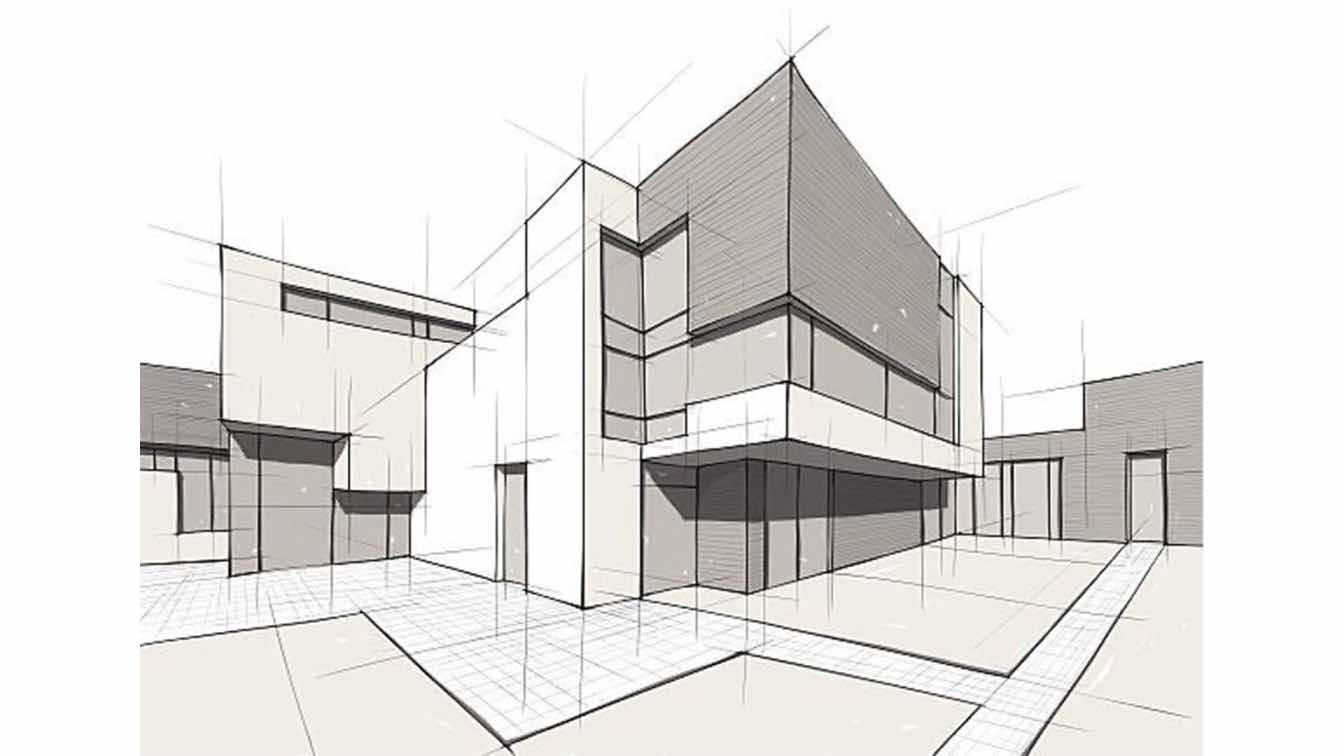Changing Spaces: The Vision of CDA Architects for Modern Living
Understanding the Collaborative Refine Between Architects and Engineers in Modern Building Projects
The joint procedure between architects and designers is vital in modern construction projects, as it balances style intent with design expediency. Discovering these characteristics reveals insights that can dramatically influence project end results and total market requirements.
The Significance of Partnership
The joint harmony between engineers and engineers is important for the effective realization of any kind of building job. This collaboration brings together unique expertise and perspectives, allowing the assimilation of cutting-edge style with sensible engineering options. By functioning together, architects and engineers can guarantee that a project not just fulfills aesthetic and useful requirements however additionally complies with security, sustainability, and budgetary constraints.
Cooperation promotes a common vision, assisting in the alignment of objectives and expectations from the beginning. This placement is essential in addressing possible challenges and mitigating dangers that could arise during the task lifecycle. In addition, a collaborative technique permits for the efficient allowance of resources, maximizing both time and price.
The significance of collaboration reaches the repetitive process of style and building and construction, where feedback from engineers can inform architectural decisions, causing even more viable and lasting styles. Conversely, architects can motivate engineers to assume creatively regarding just how to attain structural integrity without compromising creative intent. Ultimately, the joint partnership in between engineers and designers is not simply helpful; it is basic to the development of top quality, useful, and cutting-edge constructed settings that fulfill the demands of society.
Interaction Strategies and Tools
Effective communication methods and tools are crucial for promoting cooperation in between architects and designers throughout the project lifecycle. Developing clear channels of interaction is important to guarantee that all staff member are lined up with job objectives, timelines, and responsibilities. Normal meetings, both in-person and digital, provide opportunities for stakeholders to review progress, address issues, and make informed choices.
Using project administration software program, such as BIM (Building Details Modeling) systems, improves partnership by enabling real-time sharing of design alterations and technological specs. These devices help with transparency, enabling architects and engineers to picture changes and examine their effect on the overall task.

Shared Objectives and Job Vision

Developing common goals includes open dialogue and a detailed understanding of each discipline's payments. Architects commonly focus on design intent, spatial partnerships, and individual experience, while engineers highlight structural stability, systems functionality, and conformity with laws (cda architects). When these point of views are straightened, the result is a cohesive job that abides by both imaginative ambitions and technological usefulness
Furthermore, a well-defined job vision cultivates liability amongst staff member, urging each participant to take ownership of their function in accomplishing the preferred result. Normal check-ins and collective workshops can additionally strengthen this dedication, enabling modifications to be made as the job progresses. Eventually, a common vision not only improves teamwork however likewise raises the top quality of the last deliverable, resulting in successful project conclusion.
The Role of Innovation
Leveraging innovation has ended up being crucial in improving cooperation between architects and engineers. The combination of advanced software program tools helps with real-time interaction and information sharing, enabling groups to work much more efficiently and effectively. Structure Information Modeling (BIM) stands out as an essential modern technology, permitting both architects and designers to develop comprehensive 3D helpful resources designs that encapsulate style intent and architectural stability. This shared graph decreases misconceptions and improves the decision-making process.
Additionally, cloud-based systems allow smooth cooperation, permitting task stakeholders to accessibility and upgrade project data from anywhere. This fosters a society of openness and accountability, as adjustments can be tracked and assessed in real-time. Additionally, mobile applications additional enhance communication, offering on-site teams with instant access to job requirements and updates.
Emerging innovations such as expert site system and artificial intelligence are likewise starting to play a role in anticipating evaluation, helping teams identify prospective concerns prior to they develop. Inevitably, the function of innovation in architecture-engineering partnership not just boosts process efficiencies yet also enhances technology, bring about more effective project outcomes. By welcoming these technological developments, architects and engineers can guarantee an extra cohesive and productive collective process throughout the building lifecycle.
Study in Effective Partnerships
Numerous study show the extensive effect of efficient collaborations between architects and designers on project outcomes. One significant instance is the cooperation on the High Line in New York City City, where landscape engineers, engineers, and metropolitan organizers interacted to change a deserted railway right into a lively public park. This multidisciplinary strategy not just boosted the aesthetic high quality yet likewise guaranteed architectural safety and security and ecological sustainability.
Another exemplary case is the layout and building of the Sydney Opera House. The collaboration in between architect JÃ ¸ rn Utzon and structural go to this website engineer Ove Arup exhibited innovative problem-solving. Their partnership permitted for the legendary shell-like style while resolving intricate design challenges, eventually resulting in an ageless building masterpiece.
The Burj Khalifa in Dubai additionally shows the importance of joint initiatives. cda architects. The integration of design and engineering experience enabled the project team to achieve unmatched heights while adhering to safety regulations and visual vision
These examples underscore the value of communication, trust, and shared goals. In today's intricate building atmosphere, such partnerships are necessary to navigating obstacles and delivering tasks that meet both functional and visionary goals.
Verdict
To conclude, the collaboration between engineers and designers is important for the success of modern building and construction tasks. Efficient interaction techniques, a shared job vision, and the assimilation of innovative modern technologies are essential elements that facilitate this collaboration. By cultivating a society of responsibility and leveraging tools such as Structure Info Modeling (BIM), teams can browse project complexities, making certain that aesthetic, functional, and sustainability goals are achieved. Inevitably, this synergy results in cutting-edge and effective task outcomes.